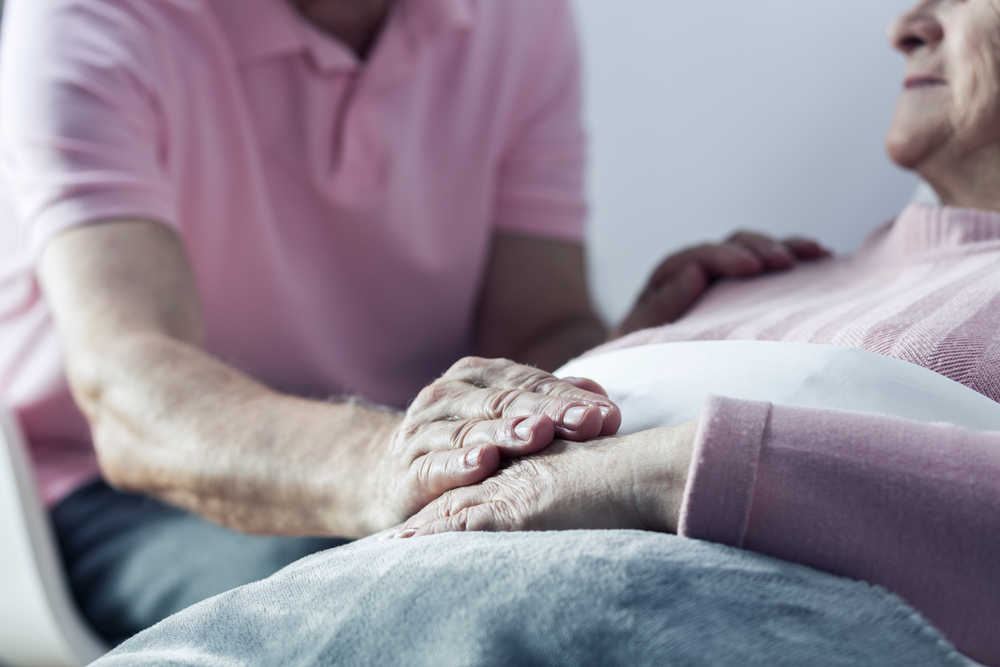Signs of the Elderly Giving Up on Life
Category:

Watching an elderly loved one let go of life is one of the most difficult things we ever have to do. Whether it is a beloved parent, grandparent, relative, or friend, no one is ready to face the emotions that emerge when a loved one is dying.
What can we do to help our loved ones make the transition between life and death? Let’s take a look at some common questions, fears, and ways to understand the dying process as our loved ones approach the final stages of life.
Can a Dying Person Choose When to Die?
Holding on to life is a basic human instinct. We’ve all heard the stories about a dying person who willed themselves to hang on until a certain relative arrived to say good-bye. Others seem to will themselves to live until all the loose ends in their lives have been tied up. In some cases, it seems a person deliberately holds on until loved ones leave the room, so they wouldn’t have to watch them die. Palliative care professionals and end of life caregivers have all seen cases such as these, but are they willful or coincidental?
Some scientists believe the dying have some sort of hormonal stimulus that can keep them going until they satisfy their final goal. Once that goal is accomplished, they can let go and die peacefully. Research is being done to determine whether sheer willpower can actually prolong life for a short time.
What Happens When You’re Ready to Give Up?
Dying can be a painful process. Certain cancers and other terminal diseases cause extreme discomfort and can leave patients simply wanting to end the pain.
You may need to be assured that your spouse, children, or other loved ones will be okay before you give up. In many cases, the family gathers around their dying loved one and tells them it is time to let go and that they will be fine. Once this ritual occurs, the person can stop fighting and die peacefully.
Download a Free Guide to Home Care
How Do You Know When Someone is Dying?
Dying happens in stages. The pre-active stage lasts for approximately two to three weeks and is usually accompanied by signs of the elderly giving up on life.
-
During this time, a person may have an increased need for pain medication.
-
Agitation, restlessness, and confusion seem to increase.
-
The need for food is greatly diminished and weight loss may occur.
-
You may notice swelling in the feet and legs.
-
Breathing may seem difficult at times.
The active stage lasts from two to three days.
Signs That a Person is Close to Death
-
The patient might have a sudden surge of energy or cognitive function.
-
Anxiety and restlessness increase. Pulling at the bed linen or clothing is common.
-
Agitation occurs in some people.
-
Blood pressure drops.
-
As the lungs fill with fluid, a rattling sound makes breathing seem difficult.
-
Incontinence may occur and urine output decreases.
-
Arms and legs turn blue and are cold to touch.
-
The person sleeps more and often slips into a coma.
-
The mouth is open and eyes may be fixed or appear glazed over.
We cannot prevent death from occurring when it is time. When a person feels they have struggled for as long as they can, letting go can be a relief to them and those who love them.
As our elderly loved ones come to the end of their lives, we should make them feel loved, comfortable, and safe in those last moments of life. It’s never easy to lose the ones we love, but we can be there to make those moments as peaceful and tender as possible.
Subscribe
Date: 2021-02-23
Category:


